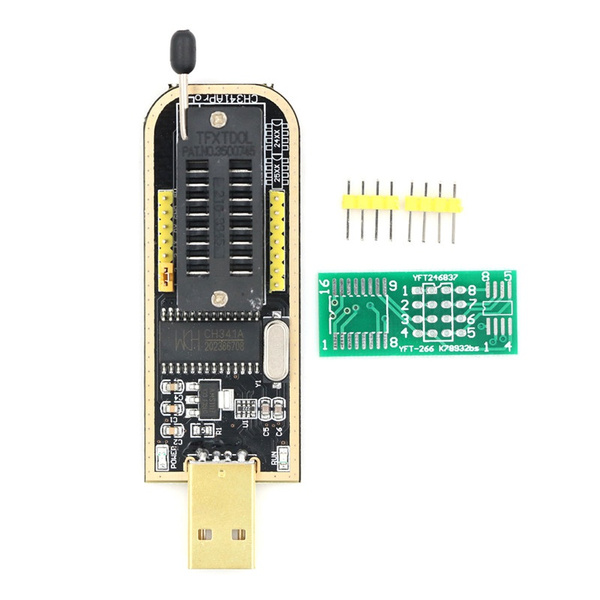
#BIOS CHIP WRITER PORTABLE#
In portable devices, it is preferred to hard disks because of its mechanical shock resistance.īecause erase cycles are slow, the large block sizes used in flash memory erasing give it a significant speed advantage over non-flash EEPROM when writing large amounts of data. Flash memory has fast read access time, but it is not as fast as static RAM or ROM. įlash memory is used in computers, PDAs, digital audio players, digital cameras, mobile phones, synthesizers, video games, scientific instrumentation, industrial robotics, and medical electronics. A key disadvantage of flash memory is that it can endure only a relatively small number of write cycles in a specific block. NAND or NOR flash memory is also often used to store configuration data in numerous digital products, a task previously made possible by EEPROM or battery-powered static RAM. The NAND type is found mainly in memory cards, USB flash drives, solid-state drives (those produced since 2009), feature phones, smartphones, and similar products, for general storage and transfer of data. A flash memory device typically consists of one or more flash memory chips (each holding many flash memory cells), along with a separate flash memory controller chip. NOR flash memory allows a single machine word to be written – to an erased location – or read independently.

NAND flash memory, however, may be erased, written, and read in blocks (or pages), which generally are much smaller than the entire device. EPROMs had to be erased completely before they could be rewritten. Toshiba began marketing flash memory in 1987. In NAND flash, the relationship between the bit line and the word lines resembles a NAND gate in NOR flash, it resembles a NOR gate.įlash memory, a type of floating-gate memory, was invented at Toshiba in 1980 and is based on EEPROM technology.


They differ at the circuit level depending on whether the state of the bit line or word lines is pulled high or low. NOR and NAND flash use the same cell design, consisting of floating gate MOSFETs. The two main types of flash memory, NOR flash and NAND flash, are named for the NOR and NAND logic gates. Flash memory is an electronic non-volatile computer memory storage medium that can be electrically erased and reprogrammed.


 0 kommentar(er)
0 kommentar(er)
